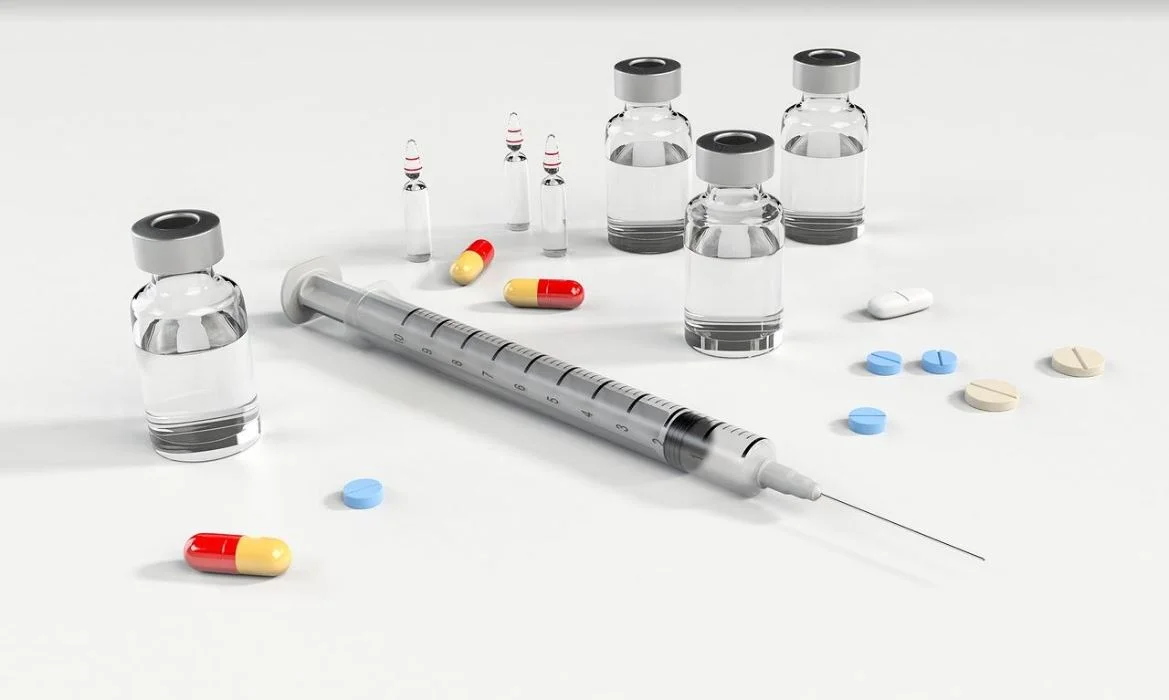By Caroline Huard
Diabetes is a group of pervasive disorders affecting the body’s ability to produce and manage insulin. If untreated, it can become extremely dangerous, but even with correct treatment and lifestyle interventions; diabetes is not always easily managed. From sticking to a proper diet to ensuring a regular supply of insulin, and utilising resources such as Circufiber socks, it requires consistent attention and effort for individuals with diabetes to reduce the risk of dangerous symptoms like poor circulation and unexplained fatigue.
If you’ve been diagnosed with diabetes, it’s important to take serious precautions and ensure healthy lifestyle practices. Alongside diet, sleep will be the cornerstone of keeping your diabetes symptoms in check.
Unfortunately, individuals with diabetes are much more likely to experience significant sleep disorders. In non-diabetic individuals, sleep problems can lead to an increased risk of developing diabetes.
Let’s look at some of the common sleep problems and disorders related to diabetes, as well as how to effectively manage or prevent them. For all of the disorders presented below, Delta 8 cannabinoid products can make a tremendous beneficial impact. We recommend checking where Delta 8 is available near you to see if you experience the benefits.
Insomnia
Individuals with diabetes may occasionally or frequently find that a full night of restful sleep is hard to come by. If the diabetes is uncontrolled, they might feel very thirsty at night or feel the need to urinate often. These frequent trips to the bathroom or to the sink to grab a cup of water can interrupt sleep patterns.
Hypoglycemia, or low blood glucose, is a common problem for diabetics and can cause a variety of sleep-disrupting effects, like hunger or uncomfortable dizziness. Because insomnia can worsen the effects of diabetes (notably by reducing insulin sensitivity), it is important that those with diabetes who suffer from insomnia act quickly to prevent their disease from becoming even more difficult to regulate.
Individuals with diabetes are encouraged to maintain a strict sleep hygiene regimen in order to prevent insomnia from occurring. Good sleep hygiene practices include implementing a bedtime routine, avoiding sugar and caffeine in the afternoon and evening, creating a “technology blackout” after a predetermined hour (no computer or phone after 8PM, for example), and engaging in exercise during the day to promote fatigue in the evening.
Healthy lifestyle and diet choices during the day can also positively impact blood glucose, which will have a ripple effect during the evening by helping those with diabetes avoid blood sugar-related discomfort at night. This promotes a virtuous cycle of restful sleep at night and physical well-being during the day.
Restless Leg Syndrome
Restless leg syndrome, or RLS, is a common condition provoked by imbalances in the nervous system. It makes sufferers feel an overwhelming desire to move their arms or legs. Many people will experience RLS at some point in their lives, but for those with diabetes it can reach an unbearable intensity. The potential nerve damage caused by unmanaged high blood sugar particularly impacts the feet and lower legs. While many RLS sufferers do not experience RLS due to blood sugar problems, diabetes sufferers might.
The same mechanisms used to address diabetes-related insomnia can be used to treat RLS in diabetes patients, since RLS mainly occurs at night and is related to lifestyle factors. The removal of stimulants, the adoption of a bedtime routine, and careful blood glucose manage while awake can reduce the likelihood and severity of nighttime RLS. If lifestyle interventions are insufficient, certain types of drugs are also available to reduce RLS symptoms, such as dopamine agonists, a group of drugs which increase dopamine levels in the brain.
Sleep Apnea
Sleep apnea is a breathing disorder and is one of the most common sleeping disorders worldwide. It causes shortened, shallow, or paused breathing during sleep and can reduce the amount of circulating oxygen in the blood. It sometimes manifests as snoring followed by choking or snorting sounds. While it does not usually awaken the sufferer from sleep, it creates shallow, fitful sleep, prompting fatigue during the daytime. Up to 50% of individuals with diabetes are believed to suffer from one of the three forms of sleep apnea.
While snoring may just seem like a nuisance, for diabetes sufferers it is worth investigating as a potential sign of sleep apnea. Sleep apnea can be dangerous for all individuals and may increase the likelihood of developing diabetes. For those already suffering from diabetes, it is important that sleep apnea be treated quickly and effectively to ensure deep, restorative rest. Because it has a strong impact on sleep quality, sleep apnea can play a huge role in effective managing of diabetes symptoms.
Pay Attention to Sleep Hygiene
Sleep disorders are some of the most common diseases in all individuals, but diabetes sufferers need to pay even more attention to ensuring consistent and restful sleep patterns. In all cases, a rigorous sleep hygiene regimen is strongly encouraged. With healthy sleep secured, diabetes sufferers and pre-diabetics can reduce the risk of further complications from diabetes.
As a last assurance, think about investing in a high-quality mattress. Check out SleepingCutlure.com, if your mattress is old, lumpy, or unsupportive, a new high-quality mattress can be a life-changer. If nothing seems to improve your sleep quality, consider that the mattress you’re sleeping on may be to blame.
We have linked to the ultimate guide to diabetes to help increase understanding of this disease.

